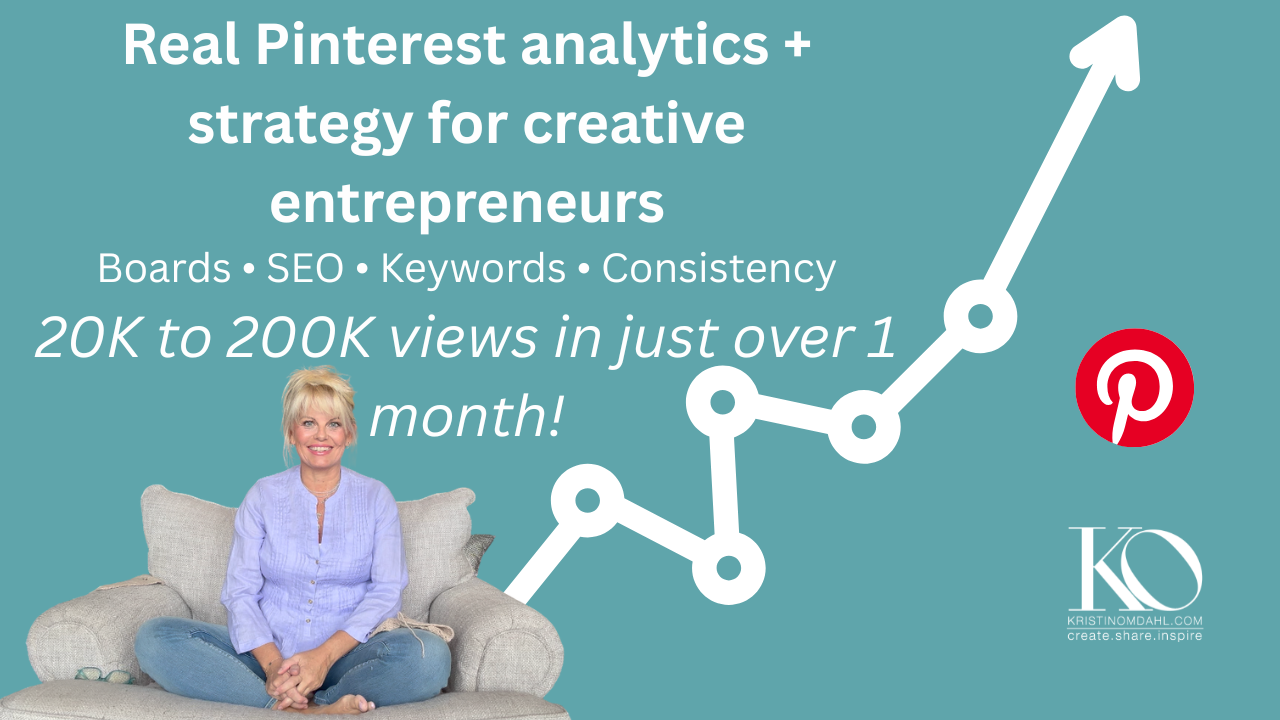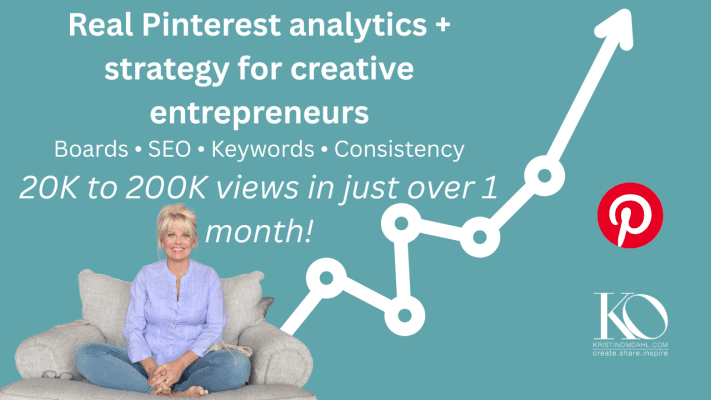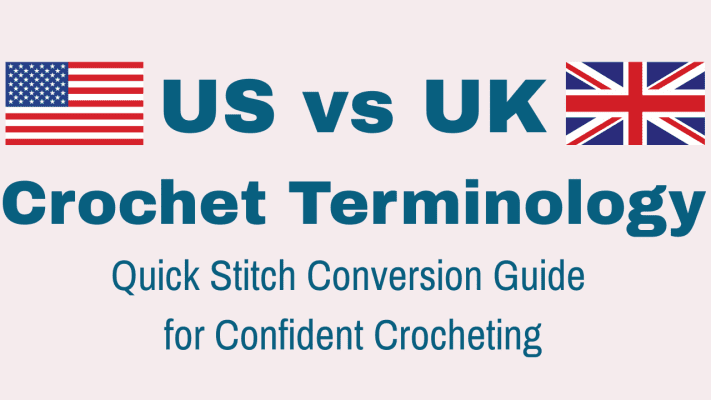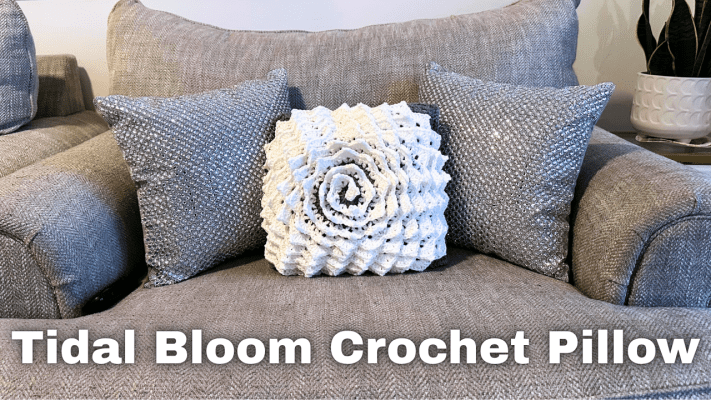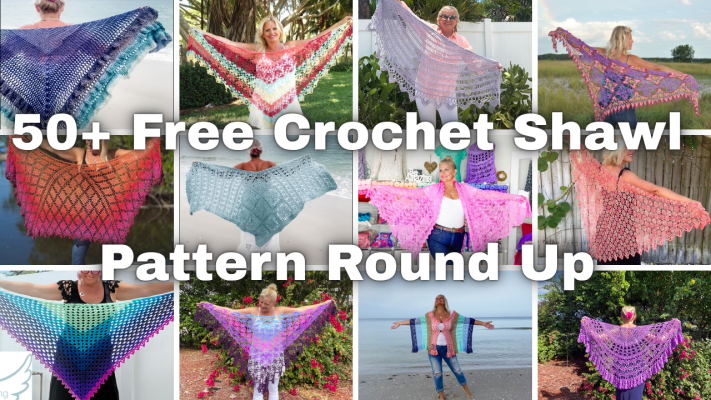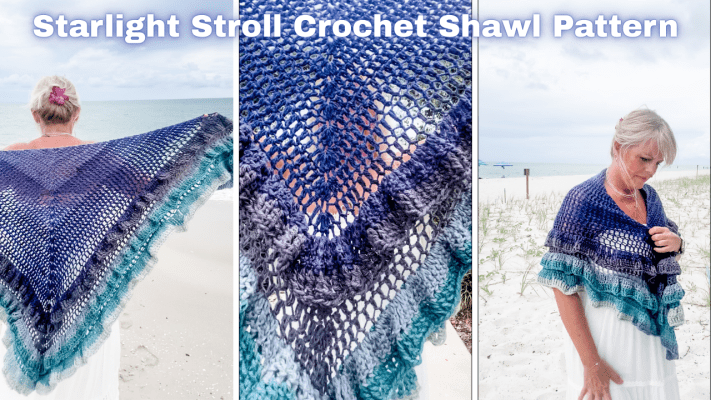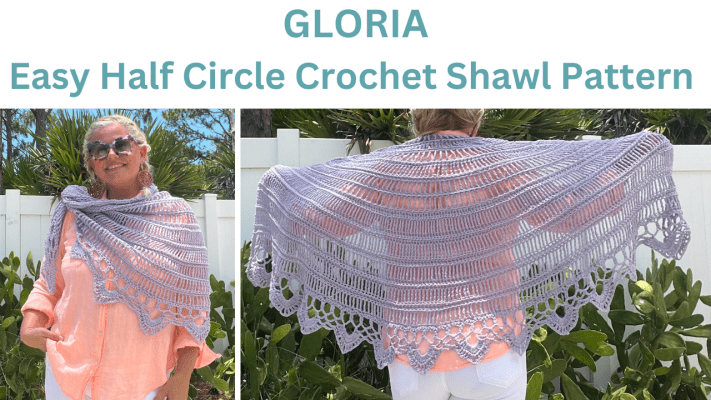Blog, Business, Entrepreneur
From 20K to 200K Monthly Pinterest Views in Just Over a Month — My Real Results and Strategy
After more than 20 years as a designer and content creator, I decided to rebuild my creative business from the ground up.
Following a period of burnout, I wanted to return to my roots with a more balanced, sustainable approach — focusing on systems, storytelling, and joy.
One of my first goals during this creative comeback was to grow organic traffic again — without relying on ads.
Pinterest was the perfect place to start.
In just a little over one month, my Pinterest account grew from 20,000 to more than 200,000 monthly views, with engagement up over 900%.
These results came entirely from organic strategies — no ads, no gimmicks, just consistent creative systems that anyone can replicate.
Download My Free Pinterest Strategy Guide
The Starting Point: 20K Monthly Views and a Plateau
By late August, my Pinterest had been quietly coasting around 20 K monthly views.
Daily impressions hovered near 1,000–1,200, and engagement was steady but flat.
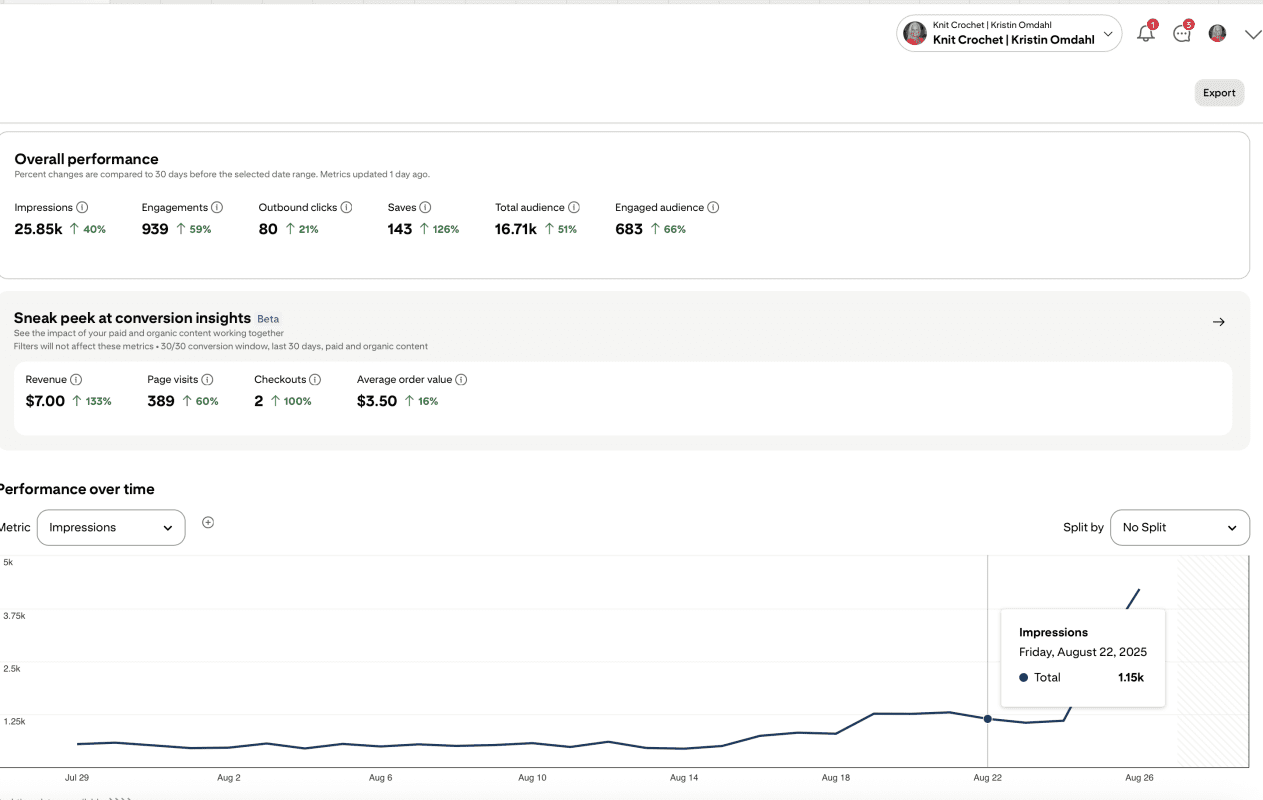
It wasn’t bad — but it wasn’t growing.
And since I was publishing new tutorials, free pattern pages, and blog content every week, Pinterest should have been performing much better.
So on August 28, I treated Pinterest like a creative experiment.
I wanted to find out if deliberate systems — fresh pins, keyword optimization, and steady posting — could still move the needle.
Spoiler: You absolutely can do this, too.
The Strategy Shift: Systems Over Stress
Rather than chasing “viral pins,” I built a simple, repeatable weekly rhythm that made Pinterest feel fun again instead of forced.
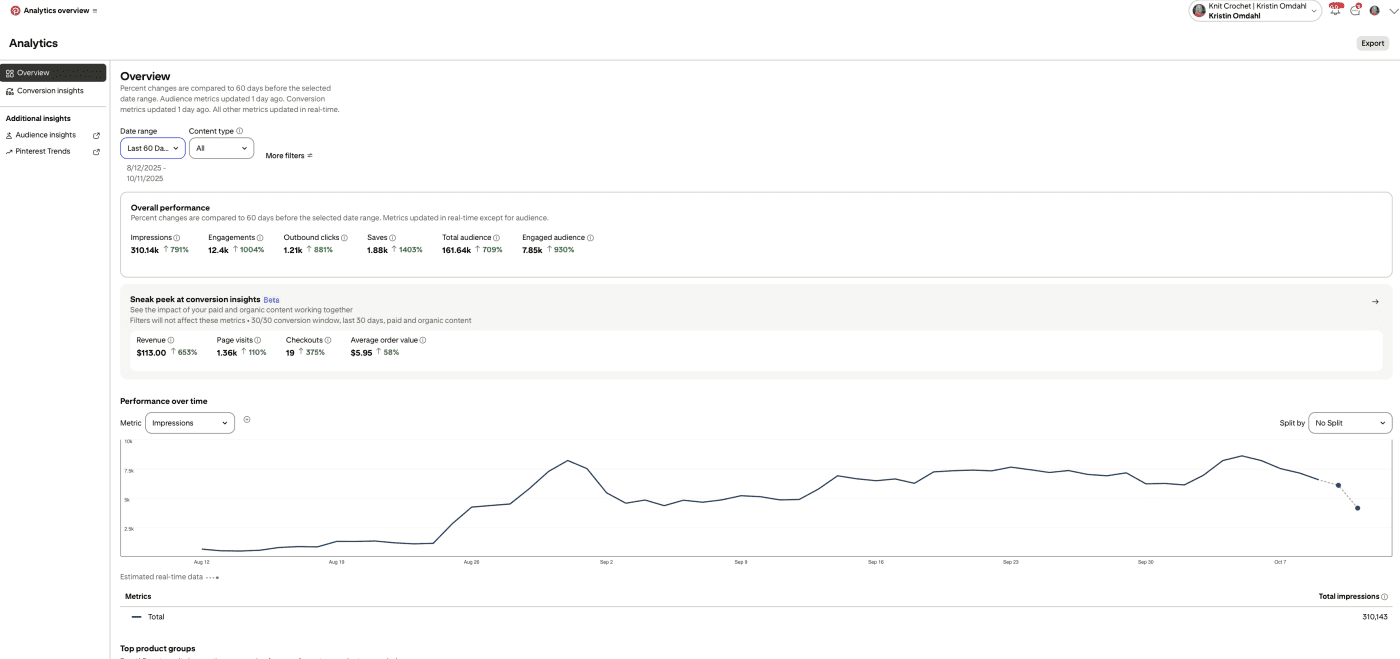
1. I Created Fresh, Branded Pin Templates
I designed a cohesive set of Canva templates in my signature color palette.
Every new pattern, video, or blog post now gets its own matching pin.
That consistency built instant brand recognition — my pins look like they belong together.
2. I Cleaned Up and Rebuilt My Boards
Before posting anything new, I took time to organize and rename my Pinterest boards so they worked with search algorithms instead of against them.
I updated every board title and description to include SEO-rich keywords like “free crochet patterns,” “easy knitting projects,” and “crochet tutorials for beginners.”
I also archived irrelevant boards and merged overlapping ones, which gave my account a stronger niche focus and helped Pinterest understand exactly what my content is about.
It’s amazing how much faster new pins performed once my boards were keyword-optimized.
3. I Committed to Consistency
Instead of batch-posting and burning out, I created 5–10 fresh pins each week and spread them across relevant boards.
Many were repurposed from my YouTube thumbnails, pattern photography, and blog graphics — no wasted content.
4. I Focused on Keywords, Not Hashtags
Pinterest acts more like a visual search engine than a social feed.
I optimized pin titles and descriptions the same way I optimize blog SEO — targeting terms like:
-
easy crochet pillow pattern
-
free crochet shawl pattern
-
how to knit with magic loop
Those phrases aligned with how beginners actually search, and rankings improved quickly.
5. I Linked to Value, Not Just Products
Instead of sending people directly to PDFs or product listings, I linked pins to free pattern pages, video tutorials, and evergreen blog posts.
That single change increased saves and outbound clicks dramatically — because people love discovering value before being sold to.
The Results: 10× Growth in Just Over a Month
By October 11, the results were undeniable:
-
Impressions: up 791 % (310 K total)
-
Engagements: up 1,004 %
-
Saves: up 1,403 %
-
Total audience: up 709 %
-
Engaged audience: up 930 %
Pinterest also began sending consistent traffic to my website — GA4 showed a 110 % increase in page visits and a measurable boost in ad and pattern revenue.
This experiment proved something powerful: Pinterest still works when you treat it as a long-term ecosystem, not a quick-hit platform.
The secret wasn’t one viral pin — it was consistent, well-branded content over time.
Key Lessons Learned
✅ Consistency beats frequency.
Five purposeful pins a week outperform twenty-five rushed ones.
✅ Branded visuals build trust.
Keep fonts, colors, and tone consistent so your pins are instantly recognizable.
✅ Keywords > hashtags.
People search for free crochet shawl pattern, not #crochetshawl.
✅ Pin to value first.
Educational content creates loyal followers who convert later.
✅ Pinterest rewards patience.
Momentum compounds — once pins start ranking, they bring steady traffic for months.
Pinterest works best when your content leads to something valuable — like my free knit & crochet pattern pages.
You can try Tidal Bloom Pillow, Cypress Key Wrap, Starlight Stroll Shawl or Velvet Wake Wrap.
What’s Next: The Road to 1 Million Monthly Views
Now that the foundation is strong, my next milestone is reaching 1 million monthly Pinterest views and turning that engagement into deeper connections — newsletter sign-ups, pattern downloads, and community growth on Patreon.
This case study is my new baseline as I expand into more knitting tutorials, Magic Loop projects, and educational posts that help other makers grow too.
If you’d like to track your own progress, stay tuned — I’ll soon share a free Pinterest Growth Tracker Spreadsheet so you can measure impressions, saves, and clicks just like this.
Final Thoughts
After two decades in the craft industry — and a much-needed reset — this experiment reminded me why I fell in love with creative entrepreneurship in the first place.
Pinterest has changed, but its potential for organic discovery is still enormous.
If you’re a maker, designer, or creative entrepreneur, Pinterest can still be one of your strongest, most reliable long-term traffic drivers.
And just like crochet, success comes down to foundation, rhythm, and repetition.
Build your system. Stay consistent. Let momentum do the heavy lifting.
Download My Free Pinterest Strategy Guide
Read Next
-
US vs UK Crochet Terminology Explained — Free Conversion Chart
-
Easy Weekend Crochet Project: Tidal Bloom Pillow Free Pattern
About Kristin Omdahl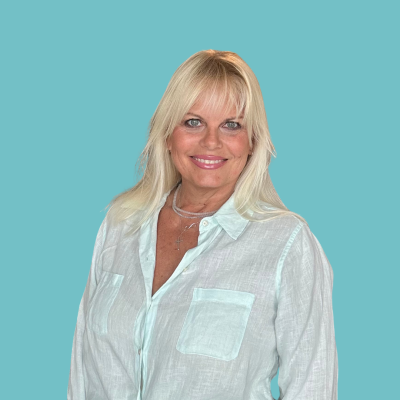
When she’s not writing, Kristin shares crochet and knitting designs, recipes, and behind-the-scenes glimpses of her creative process with her global community on Patreon.
Download My Free Pinterest Strategy Guide


